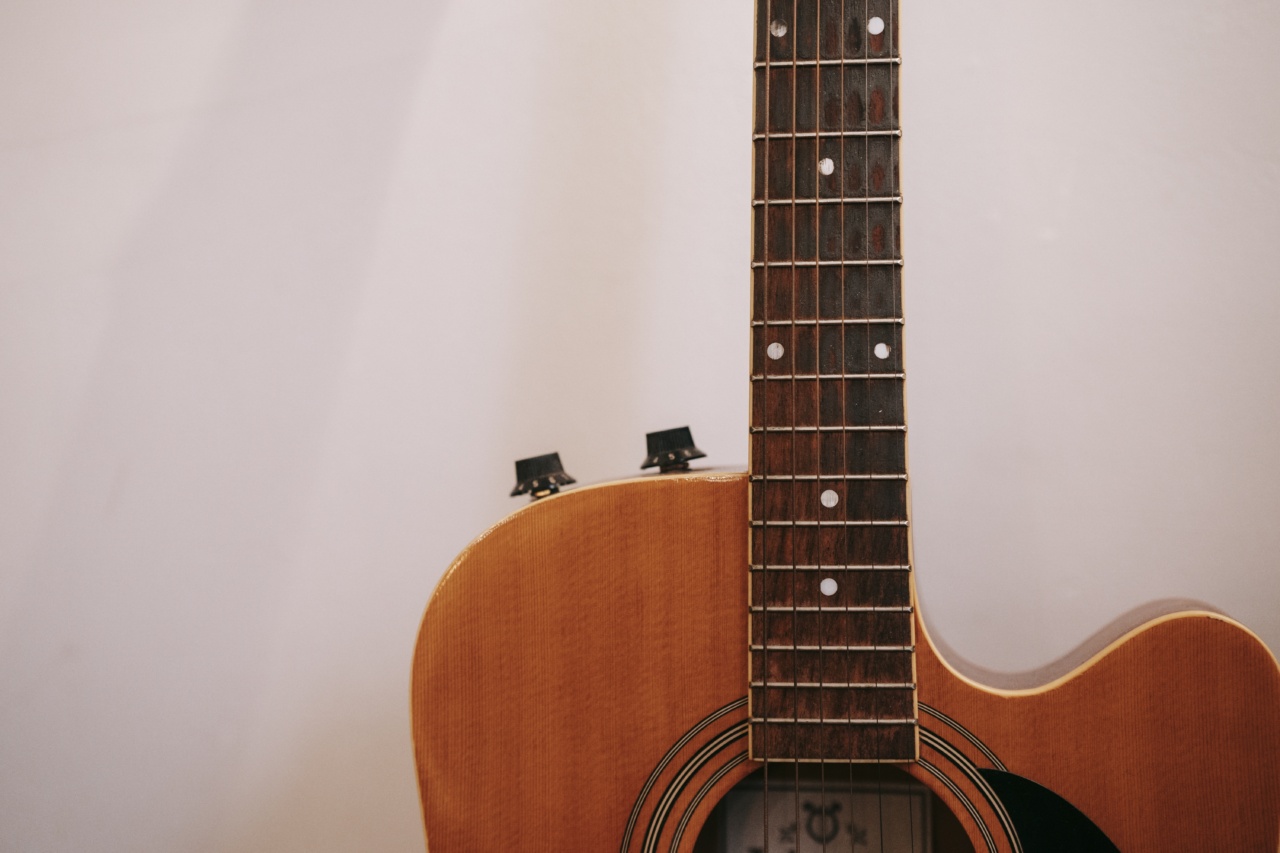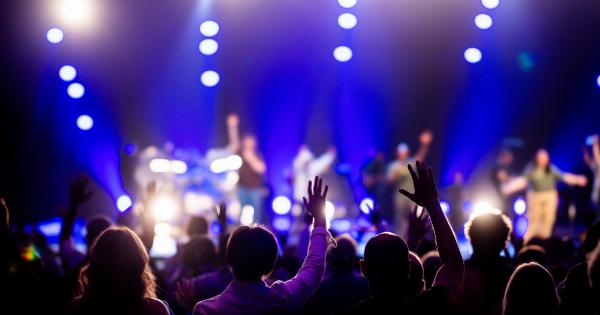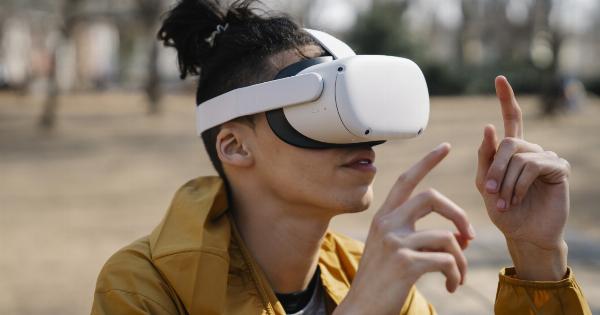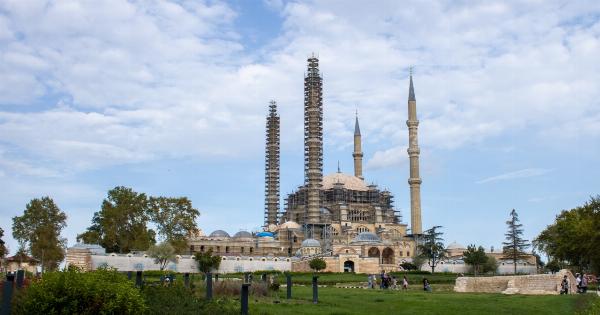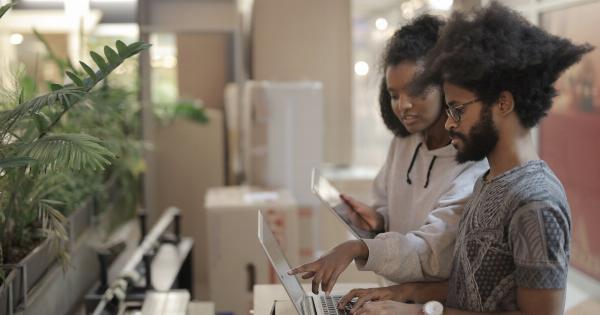When we think of musical concerts, we usually think of the loud and energizing sounds that fill our ears and leave us captivated.
However, for individuals who are deaf or hard of hearing, experiencing a live musical concert can seem like an impossible feat. In recent years, there has been a growing movement towards creating accessible concerts that cater to the deaf community. These concerts rely on innovative techniques and technology to help people experience music in a new and fascinating way.
This article examines the rise of deaf-friendly concerts and how they are changing the way we approach music.
The Challenge of Creating Deaf-Friendly Concerts
Music is a universal language that has the power to connect people from all walks of life, but it can be incredibly challenging for those with hearing impairments to experience it in its fullest form.
Many conventional concert venues rely heavily on sound amplification and acoustics to create a unique musical atmosphere, making it difficult, if not impossible, for deaf and hard of hearing individuals to fully engage with the music.
However, this challenge has not gone unnoticed in the music industry, and there has been a growing push for greater accessibility in live musical performances.
As a result, there has been a rise in innovative techniques and technologies that cater specifically to the needs of the deaf community.
The Birth of Deaf-Friendly Concerts
The idea of creating a concert experience that was accessible to deaf audiences first began to take shape in the late 1970s and early 1980s.
This movement was led by a group of music educators and performers who began to explore ways to incorporate visual forms of communication into live performances.
One of the first significant breakthroughs in this area was the creation of sign language interpretation for musical performances.
Sign language interpreters began to work alongside musicians to create a dynamic and engaging concert experience that was accessible to both deaf and hearing audiences.
Since then, the use of sign language interpretation has become increasingly common in musical performances, particularly in genres such as pop and rock.
Many artists, such as Eminem and Beyoncé, have even started to incorporate sign language into their music videos, helping to raise awareness of deaf culture and the importance of accessibility.
Technological Innovations in Deaf-Friendly Concerts
In addition to sign language interpretation, there have been a number of technological innovations that are helping to make concerts more accessible for deaf and hard of hearing audiences.
One such innovation is the use of vibrating tactile speakers, which can be placed on a person’s body and create a physical sensation in response to certain frequencies of sound.
Another technology that has become increasingly popular is the use of “sound-to-light” systems.
These systems convert musical sounds into visual images, such as flashing lights or projections, providing a unique and engaging visual experience that can be enjoyed by both deaf and hearing audiences.
Finally, there has been a growing movement towards creating immersive virtual reality experiences for deaf and hard of hearing individuals.
These experiences use cutting-edge technology to create a three-dimensional environment that is synchronized with the music, allowing people to feel as though they are truly part of the performance.
The Benefits of Deaf-Friendly Concerts
Aside from providing greater accessibility for deaf and hard of hearing audiences, there are a number of benefits to creating deaf-friendly concerts.
One of the biggest advantages is that it allows performers to reach a wider audience and connect with people who may have previously felt excluded from the world of music.
Creating accessible concerts also helps to promote inclusivity and diversity within the music industry.
It encourages musicians and performers to think outside the box and come up with new and exciting ways to engage with audiences of all abilities, and it sends a powerful message about the importance of accessibility in all areas of life.
The Future of Deaf-Friendly Concerts
As technology continues to evolve, we can expect to see even more exciting developments in the area of deaf-friendly concerts in the years to come.
From virtual reality experiences to haptic feedback systems, there are countless possibilities for creating an immersive and engaging concert experience that is accessible to everyone.
However, it is important to remember that creating accessible concerts is not just about using the latest technology or incorporating the most innovative techniques.
It is about recognizing and respecting the needs and experiences of all people, and working together to create a more inclusive and welcoming world for everyone.
The Importance of Accessibility in the Music Industry
Deaf-friendly concerts represent a significant step towards greater inclusivity and accessibility in the music industry. However, there is still much work to be done to ensure that people of all abilities have equal access to the world of music.
By promoting diversity and accessibility, we can help to break down the barriers that have traditionally separated people of different backgrounds and abilities.
We can create a more inclusive and compassionate society that embraces the differences that make us unique, and that recognizes the power of music to bring people together.
In Conclusion
Deaf-friendly concerts represent an exciting and innovative approach to creating greater accessibility in the music industry.
By incorporating sign language interpretation, tactile speakers, and other cutting-edge technologies, musicians and performers are able to connect with audiences of all abilities in new and engaging ways. With continued innovation and a commitment to inclusivity and accessibility, we can create a world where music truly is a universal language that speaks to everyone.
